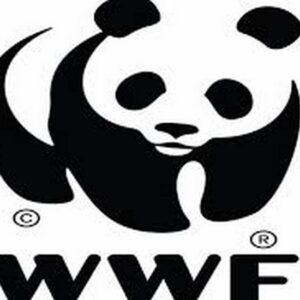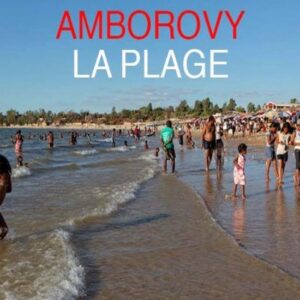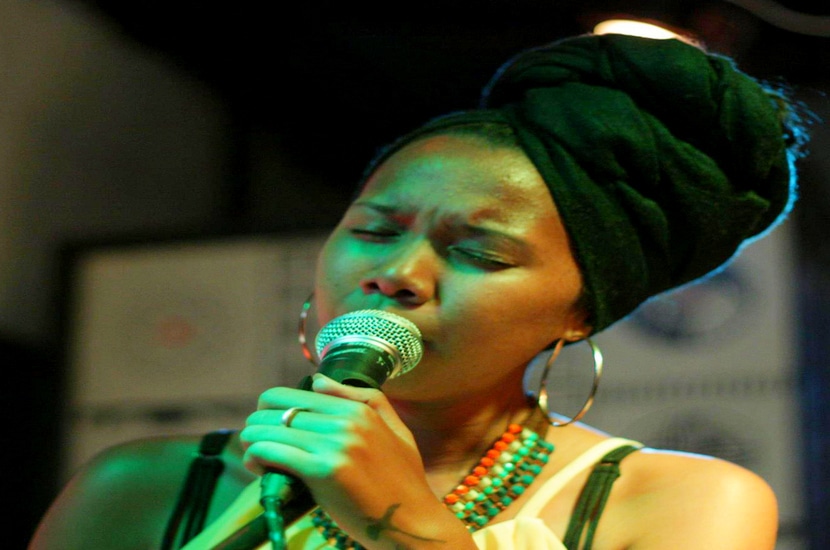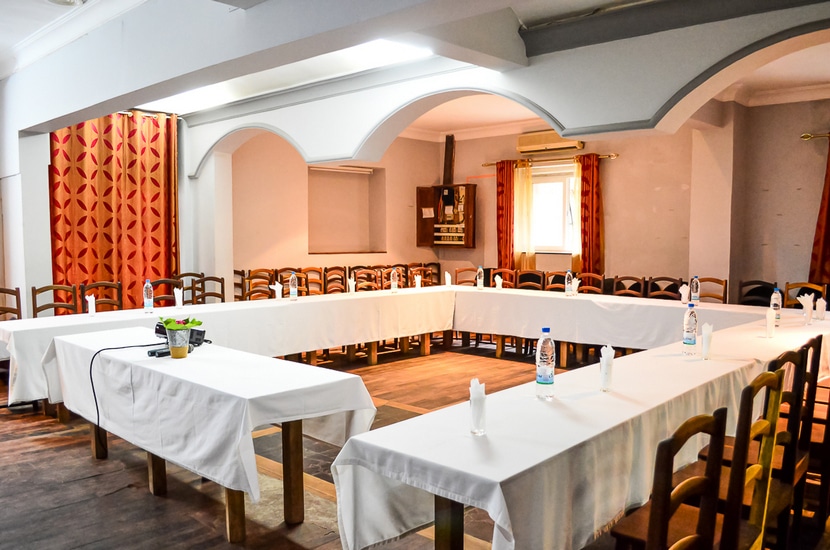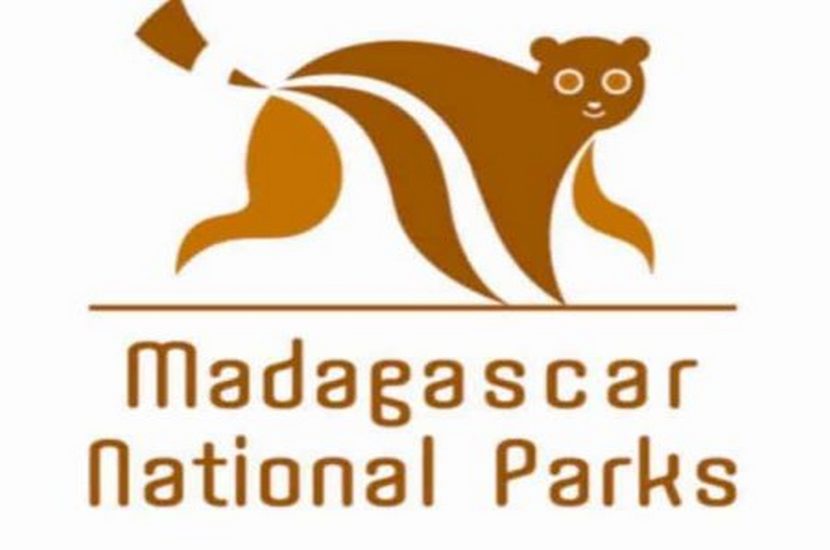
The Ankarafantsika National Park in the Northwest of Madagascar Madagascar #MahajangaMaVille #My
The Ankarafantsika National Park in the Northwest of Madagascar
The National Park of Ankarafantsika, in the Northwest of Madagascar, is a mosaic of dense, dry forests. Ankarafantsika is known for its lakes, last refuges of flagship species. He is also a hideout for lemurs and endemic birds. Ankarafantsika spreads on 135 000 HA.
Ankarafantsika National Park contributes to the representativeness of the biodiversity in the network of parks and reserves of Madagascar.
The ideal is to go to theHôtel★★★ Restaurant gourmand Coco Lodge to 06 hours 30 the morning arriving around 08 hours 30 at the park for the administrative formalities. Coquerelli the morning circuit, Picnic lunch in the forest, navigation on the Lake Ravelobe and visit to the canyon. Departure from Park to 18 hours for a return to the hotel to 20 hours.

The Ankarafantsika National Park in the North-West of Madagascar by Hotel ★★★ Restaurant gourmand coconut Lodge Majunga.
Wildlife
Ankarafantsika is a den of birds and lemurs. A peculiarity that makes conservation a real leitmotiv for this national park. 8 lemur species have been observed in Ankarafantsika : a diurnal species, 2 mixed species, 5 typically nocturnal species including the famous Microcebus, the smallest primates in the world. 129 species of birds nest in the forest of Ankarafantsika. 75 of them are endemic. Finally, Ankarafansika is also home to local endemic reptiles: chameleons, iguanas, snakes and freshwater turtles.
The best of the fauna of Ankarafantsika
1. Schetba rufa or Paopaobava of its Malagasy name is a terrestrial bird, forest and endemic. It is of average size, red hair color, black and white. The male has a head, the neck, the neck, the Chin and the gorges black blue reflection. The female of the Paopaobava has the front, the top of the head and neck black. His red body is decorated with a grey collar. It is a diurnal species that presents a sexual dimorphism. Rarely alone, the Paopaobava likes to live as a couple or in a group.
2. Eulemur pteroptus, known locally by its Malagasy name, Dredrika, is an arboreal lemur, endemic of Ankarafantsika. The Dredrika measure 30 35cm and its tail 48cm. The back of the male is darker than his female Brown. Male and female are distinguished by... their shoulders ! Indeed, one has yellow shoulder and one, the brunette shoulder that turns black. But both have an orange eye and white nose. The Dredrika is diurnal in rainy season and nocturnal in dry season. It is a vulnerable species.
3. Fully protected endemic lemur, the Cheirogaleus medius or Matavirambo is an arboreal that likes to move slowly. We can meet him in almost all the forests of the West and South of Madagascar. Back to top 22 cm with a tail of 20 cm, the Matavirambo weighs 142g at the beginning of the wet season, 217g at the end of rainy season. Its back is brown, its belly is white. A white strip surrounds its nose and his eye is circled in black. The Matavirambo is a nocturnal lemur that hibernates from April to September. Its fat reserve is located at the base of its tail, where his name....
4. Acrantophis madagascariensis or Do. It's a snake, usually land. Its size can reach 3 m, its body is dark brown or dark beige. Her belly is usually clearer. It feeds of micromammals or birds.
5.Microcebus is the smallest of the lemurs. We can note in Ankarafantsika the presence of two sympatric species : M. murinus and M. ravelobensis. The reproductive period of these two species is different despite the fact that they are sympatric in Ankarafantsika. There is a clear separation of their ecological niche. The distribution of M. ravelobensis is very limited. Like the other Microcebus, the species feed on fruit and insects.
6. Propithecus coquereli is to be counted among the best of the fauna of Ankarafantsika. Very appreciated species of tourists because very spectacular. It is important to note that compared to other Propithecus species, its distribution is not great.
7. Osprey (ankoay) of Madagascar Haliaeetus vociferoides. It is an endemic species of Madagascar and is the only species of diurnal Raptor ranked critical (CR) in Africa by the IUCN in 2008.
8. The Falcon to striped belly Falco zoniventris, a species of diurnal Raptor very lonely and difficult to observe there is very common.
Flora
The flora of Ankarafantsika is very diverse. There are 823 species. 82% are endemic herbaceous plants and 92% for Woody plants.
The best of the flora of Ankarafantsika
1.The Mpanjakaben'ny tany or Baudouinia fluggeiformis is a shrub endemic to 15 m high and 50cm in diameter. Its trunk is drilled deep and irregular grooves, its bark is brown. Its leaves deciduous and arranged in clusters at the tops of the branches, have an underside look at and a shiny top face, crossed by a rib protruding median. Its yellow flowers have five small petals that bloom in the dry dense forests damaged between August and December. The Mpanjakaben'ny tany gives its fruits from September to may.
2. Cedrelopsis grevei or Katrafay of its Malagasy name is a tree of 5 to 22 m height. Its bark rough grayish to brownish is crevassed and has a characteristic smell. Its wood, very clear and very hard yellow, a of the aesthetic and technological virtues very valued for joinery and construction. Its leaves, grouped at the top of the twigs, are deciduous and have medicinal properties. Its yellow flowers appear between September and December and capsular fruits of black color, between October and January.
3. The Lohavato, Western Hymenodictyon of its scientific name, is a tree of small size with a straight barrel. It is endemic. Its flowers have a particular form : they have some chalices welded tube very short and narrow teeth-shaped. The lower part of the corolla is narrow and cylindrical and bulbous upper ball shaped. We found the lohavato in the dense forests and dry. The lohavato blossoms and pays off in November to January.
4. The Sakoanala or Poupartia silvatica is a large tree of 25 to 35 m high. Its bark is gray and spotted white. The Sakoanala frees the reddish latex when you scratch its trunk. It is found in deciduous dry forests. Flowering is in September and October :
Ankarafantsika lends itself to the birdwatching and trekking. But the Park and its surroundings are sure to amaze you. The list of tips is long and varied.
The story of a park
"Ankarafantsika" comes from the name "Garafantsy" which means "mountain of Thorn".. It is a name that also designates a wily and scary man. The forests of Ankarafantsika once inspired terror and mystery. And for good reason, they were inhabited by Ravelobe, a highwayman became patriot who motorcars travellers. Originally, two sites share and of the national road 4, formed the Reserve forest of Ankarafantsika, until they are unified. The current Ankarafantsika National Park was inaugurated in 2002. The Sakalava live in this area, they are usually farmers.
Ankarafantsika, a park which makes service
The plain of Marovoay, agricultural region is watered by the river of Betsiboka in the West of the Park. It's at the massif of Ankarafantsika that agriculture has its harvest, Thanks to an important water management. On 38.000 hectares, 16.000 hectares are irrigated full-time. The rivers from Ankarafantsika, dragging sediments retained in the marshes to raffia, protect the rice fields of the plain of Marovoay. The Lakes of Tsimaloto, of Ampijoroa, of Antsimalo, Ankomakoma are the last refuges in some fish, crocodiles and waterbirds.
Landscape contrasted in a climate dry
It's hot in Akarafantsika. From April to November, the weather is dry. A wet period breaks the routine, but generally, the temperature varies from 24 29 ° C. The landscape is contrasted in the Park. Ankarafantsika alternates scenic landscapes, ranging from savanna to bush, through the lavaka of Ankarokaroka, lunar landscape born of a gigantic erosion. Its vegetation and fauna are so characteristic of a sandy massif, where species are endemic at the local level.
At your reservations.



